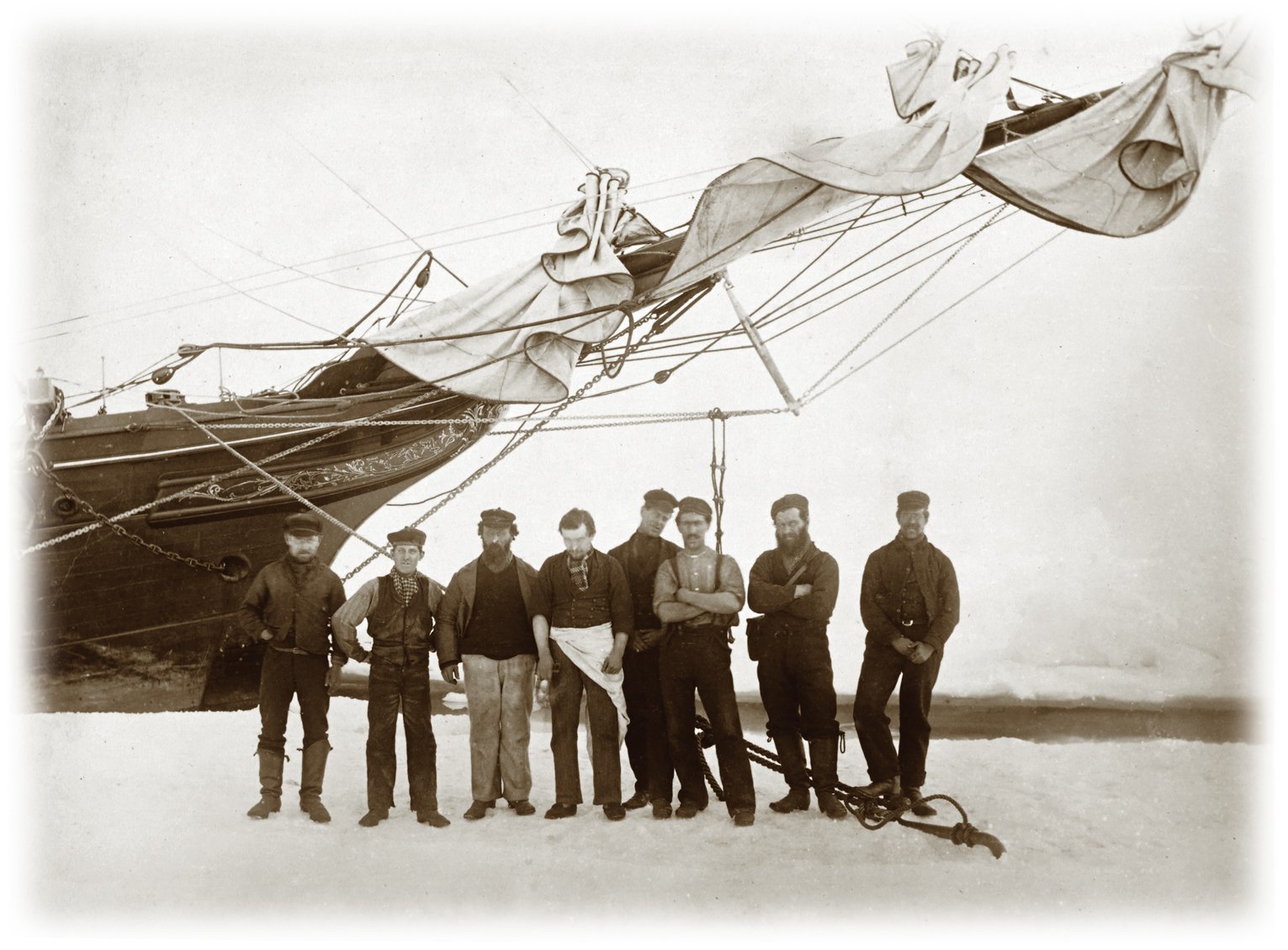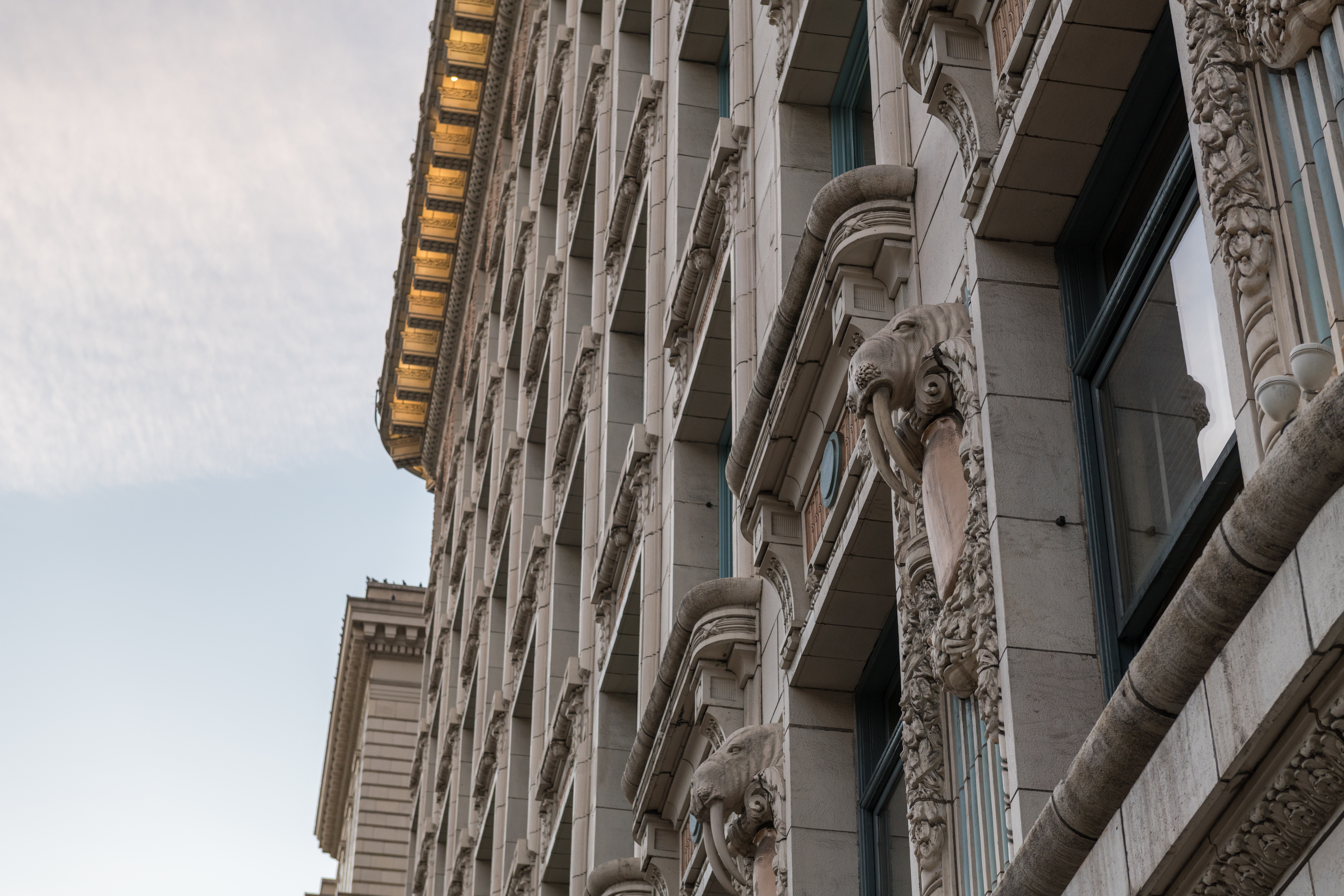700 3rd Avenue
Like the notorious Cadillac Hotel, Seattle's Arctic Club was once a popular gathering place during the glory days of the 1898 Klondike Gold Rush, playing host to the tens of thousands of men who journeyed west in search of fortune and fame.
This sordid tale, written by some of the west’s roughest and toughest men, has left its mark on all of Seattle, including the Arctic Club, creating a uniquely terrifying visit for anyone interested in America’s most haunted history.
Now, along with the ghost of a two-term Congressional representative, there are more than a fair share of atmospheric chills to be felt in this modest hotel, many of which come from the lingering spirits of America’s northern adventurers.
While the Arctic Club itself was first formed in 1908, the building it would move into wasn’t completed in 1916. It was originally financed by club member James Moses, and designed by A. Warren Gould and George W. Lawton in a Beaux-Arts style that was revolutionary for the time.
The Club, which dissolved in 1970, was formed by a merging of the original Arctic Club and the Alaska Club, founded by Klondike Gold Rush tycoons E.A. Hasslocher, an Alaskan, and former Chicago journalist A.D. Coulter.
While experience in the arctic was not a necessary requirement for membership, the social club’s original plan had been to create a fun and lively atmosphere for those who had those experiences to bond, drink, and reminisce about the glory days of the frontier.

Another benefit from having a membership to the club was the ability to buy and sell precious land in Alaska and the Yukon. Not every member came back from prospecting with mountains of gold, but most had claims to good plots that were worth a pretty penny to the right buyer.
The hotel is still full of Arctic flare, including twenty-seven terra cotta walruses adorning the exterior of the third floor. Once, there was even a stuffed polar bear above the entrance, but it has since been removed, leaving the polar bear that famously adorns the corner of the ballroom as the only one left standing.
The ballroom, known as the Northern Lights Dome Room, is a three-thousand six-hundred-foot grand ballroom with a stained glass ceiling that beautifully mimics the natural coloration of the Northern Lights.
In addition to its many luxurious hotel rooms, the Arctic Club also houses a cigar store, a library, a bowling alley, a barbershop, a rooftop garden, an elegant ladies’ tea room, several cards and billiard rooms, private dining rooms, and an office for the political figures who have visited over the years, including Swiss and Dutch consuls.
The building that houses the Arctic Club was listed on the National Register of Historic Places in 1978 but didn’t come to function as a hotel until many years later in 2008. A year after opening its doors, though, it was acquired by Hilton Hotels and Resorts, becoming part of their DoubleTree chain.
With Colorado’s sordid Gold Rush history at its foundation, the Arctic Club has long been reputed as one of the most haunted buildings in Seattle, plagued by poltergeists and frequented by the roaming spirits of those who once stayed at the popular establishment.
Among the most common incidents are the ghostly whispers of long-dead Seattle businessmen as they discuss their frontier deals. Late at night, the conversations can be heard floating through the halls and swirling around the famously swanky Polar Bar.
Disembodied footsteps can also be heard throughout the building, and a hint of cigar smoke occasionally wafts through the rooms, despite no smoking being allowed on the premises.
The third and fifth are said to be the most haunted floors in the building, but reports have not stopped there, and many agree that there’s a chance to feel a ghostly chill anywhere among one of the Club Hotel’s nine stories.

In 1936, Washington’s first elected democratic congressman, Marion Zioncheck, began running a reelection campaign while staying on the fifth floor of the Arctic Club.
Having previously escaped from a mental institution, Zioncheck was a man of many eccentricities, including sending President Roosevelt empty beer bottles and mothballs as a “gift,” and being arrested for drunken horseplay on the White House Lawn.
Some months into his campaign, Zioncheck, for reasons unknown, decided to throw himself out of his office window, falling five stories to the pavement and messy, horrific death. To make matters worse, he landed right in front of his wife, Rubye Louise Zioncheck, who had just pulled up to the hotel.
Today, it’s said that the elevator will often go to the fifth floor without any buttons being pressed, and pedestrians passing by from Cherry Street have said that they’ve seen the ghostly apparition of Zioncheck splayed out on the concrete, or even in the air mid-fall.
The man himself, as well as floating orbs, have been spotted near the room that once served as his office, though only for brief moments.
After moving from their original location on Third Avenue and Jefferson Street, many of the club’s original members found themselves missing one of the best features of their former home—the infamous Arctic Bar.
One night, not entirely sober, a couple of the members got together for a secret heist. They returned to the original location, which had since reopened as a hotel, and hoisted the Arctic’s bar, in its entirety, out of a nearby window, dragging it back to the Arctic Club for installation.
The president of the club, who didn't realize what had happened until the old bar had been reinstalled in the new location, was forced to pay for the stolen bar—or be sued.
The Arctic Club, still a popular destination, is often sold out for months at a time, so book as early as you can if you wish to experience the vintage atmosphere and otherworldly chills that come with one of Seattle’s most famous hotels.
You can find it at 700 3rd Avenue in Seattle, WA.
As of writing in Spring of 2021, the hotel is temporarily closed but is currently scheduled to reopen on May 1, 2022.